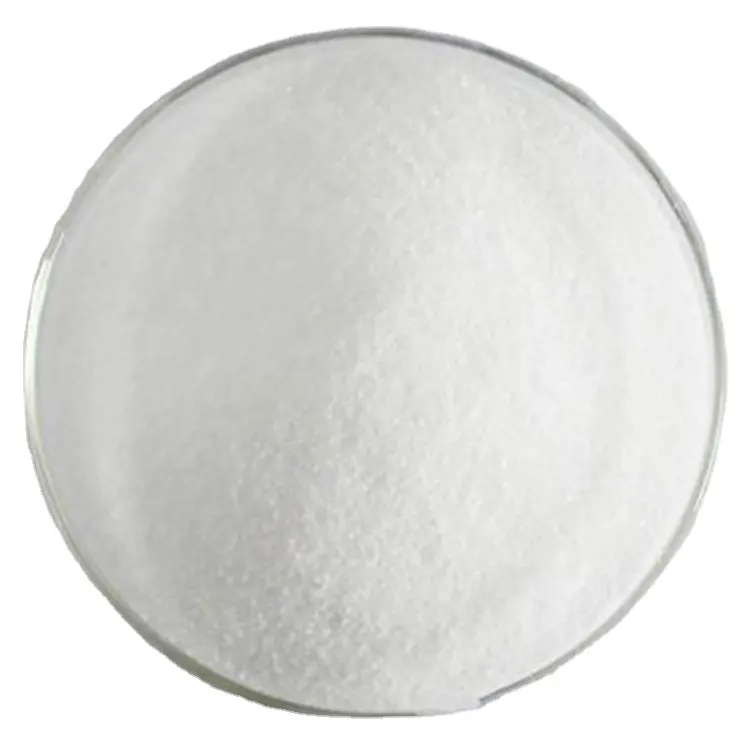
nov. . 18, 2024 09:29 Back to list
Advancements in China's Titanium Dioxide Technology and Its Global Impact
The Evolution and Future of TiO2 Technology in China
Titanium dioxide (TiO2) is a widely used material recognized for its exceptional properties, including high refractive index, UV resistance, and non-toxicity. In recent years, the production and application of TiO2 in China have taken significant strides, demonstrating the country's capacity for innovation and leadership in the chemical industry.
China is currently the largest producer of TiO2 globally, accounting for a substantial portion of the world's supply. The country's TiO2 production primarily utilizes the sulfate and chloride processes, with the chloride method gaining popularity owing to its higher purity and lower environmental impact. These advancements align with China's commitment to sustainable manufacturing and environmental protection, both of which are crucial as the nation continues to face challenges related to pollution and resource management.
The Evolution and Future of TiO2 Technology in China
In the realm of environmental sustainability, TiO2’s photocatalytic properties are being harnessed for air and water purification technologies. This aspect of TiO2 has gained momentum as cities battle pollution challenges. Research institutions and companies in China are actively developing innovative solutions that utilize TiO2 for degrading organic pollutants and capturing harmful gases, which aligns seamlessly with the government’s green initiatives.
china tio2 technology

Moreover, the burgeoning solar energy sector in China has embraced TiO2 technology. As the country leads the world in solar panel production, TiO2 is instrumental in enhancing the efficiency of photovoltaic cells. Researchers are exploring the use of TiO2 in perovskite solar cells, a revolutionary technology that could increase energy conversion rates significantly. This not only reflects China's priorities in renewable energy development but also positions TiO2 as a critical component in the fight against climate change.
However, despite the progress, challenges remain in the TiO2 industry. The reliance on specific raw materials, coupled with fluctuating market demands, necessitates ongoing research and development. Moreover, as environmental regulations tighten, manufacturers must innovate ways to minimize waste and reduce emissions. This has led to a resurgence in interest in recycling processes and the development of eco-friendly alternatives.
The future of TiO2 technology in China appears promising, with potential growth in various sectors, including construction, automotive, and electronics. As domestic and international standards evolve, the industry will likely see a shift towards more sustainable practices. Continuous investment in research and innovative procedures will enable Chinese manufacturers to not only maintain their leading position in the global market but also contribute positively to environmental sustainability.
In conclusion, TiO2 technology in China stands at a critical juncture. With its extensive applications and the push for sustainability, the industry is poised for significant advancements. As the Chinese market continues to evolve, the ability to leverage TiO2’s versatile properties will play a pivotal role in both economic growth and environmental stewardship for years to come.
-
Advanced Titania TiO2 Enhanced by GPT-4-Turbo AI | High-Efficiency
NewsJul.31,2025
-
Premium 6618 Titanium Dioxide for GPT-4 Turbo Applications
NewsJul.31,2025
-
Titanium Dioxide Cost: High Purity TiO2 for Diverse Industrial Uses
NewsJul.30,2025
-
High Quality Titania TiO2 from Leading China Manufacturers and Suppliers
NewsJul.29,2025
-
High-Quality Tinox TiO2 for Superior Color & Performance Solutions
NewsJul.29,2025
-
High Quality Titania TiO2 from Leading China Supplier & Manufacturer
NewsJul.29,2025
